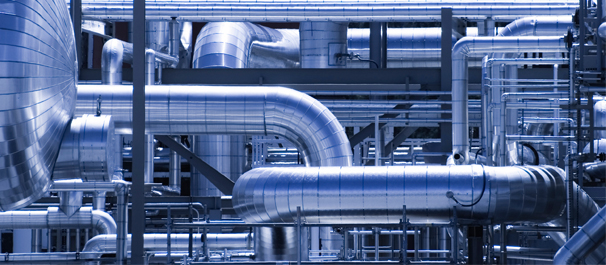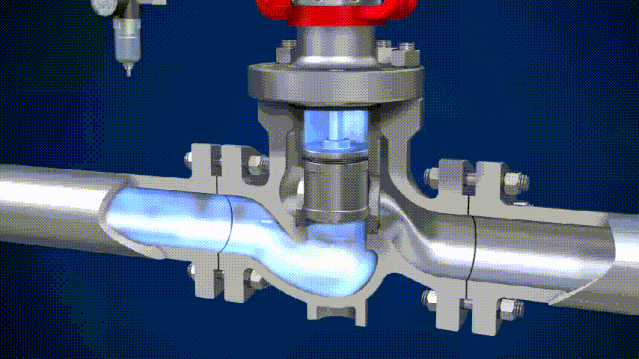The Pressure Testing Methods for Pressure Relief Valve

Pressure Relief Valve Mechanism:
There are many types of sanitary pressure relief valves. Piston type and spring film type are the main two types. Piston type pressure relief valve is a type of valve that uses a piston for pressure relief. Spring film-type pressure relief valve relies on spring and film for pressure balance.
The use of a pressure relief valve:
A pressure relief valve is a kind of automatic valve that reduces the medium pressure to a certain value. Generally, the pressure after the valve is less than 50% of the pressure before the valve.
Pressure testing method:
The strength test of the pressure relief valve is usually for assembly after the test of a single piece, or for test after assembly. The duration of a strength test: 1 minute for DN<50mm; more than 2 minutes for DN65~150mm; more than 3 minutes for DN>150mm. After the bellows and the components are welded, apply 1.5 times the maximum pressure and use the air to perform a strength test.
When performing the sealing performance test, it should be based on the actual working medium. When tested with air or water, the test is to be carried out at 1.1 times the nominal pressure. When tested with steam, the test is to be carried out under the maximum working pressure allowed in the operating temperature. The difference between inlet pressure and outlet pressure shouldn’t be less than 0.2MPa.
The testing method:
After the inlet pressure is set, gradually adjust the regulating screw of the valve so that the outlet pressure can sensitively and continuously change within the range of maximum and minimum value without stagnation or jamming.
How are pressure relief valves tested?
Pressure relief valves are tested depending on their operating conditions, and the valves are instrumented to verify correct operation at their set point pressure.
Conclusion
The most commonly mandated form of pressure relief valve testing, bench testing is unique in that it requires you completely shut down your facility’s system and remove all pressure relief valves. The valves are then transported to a lab where they are tested and repaired as necessary.





